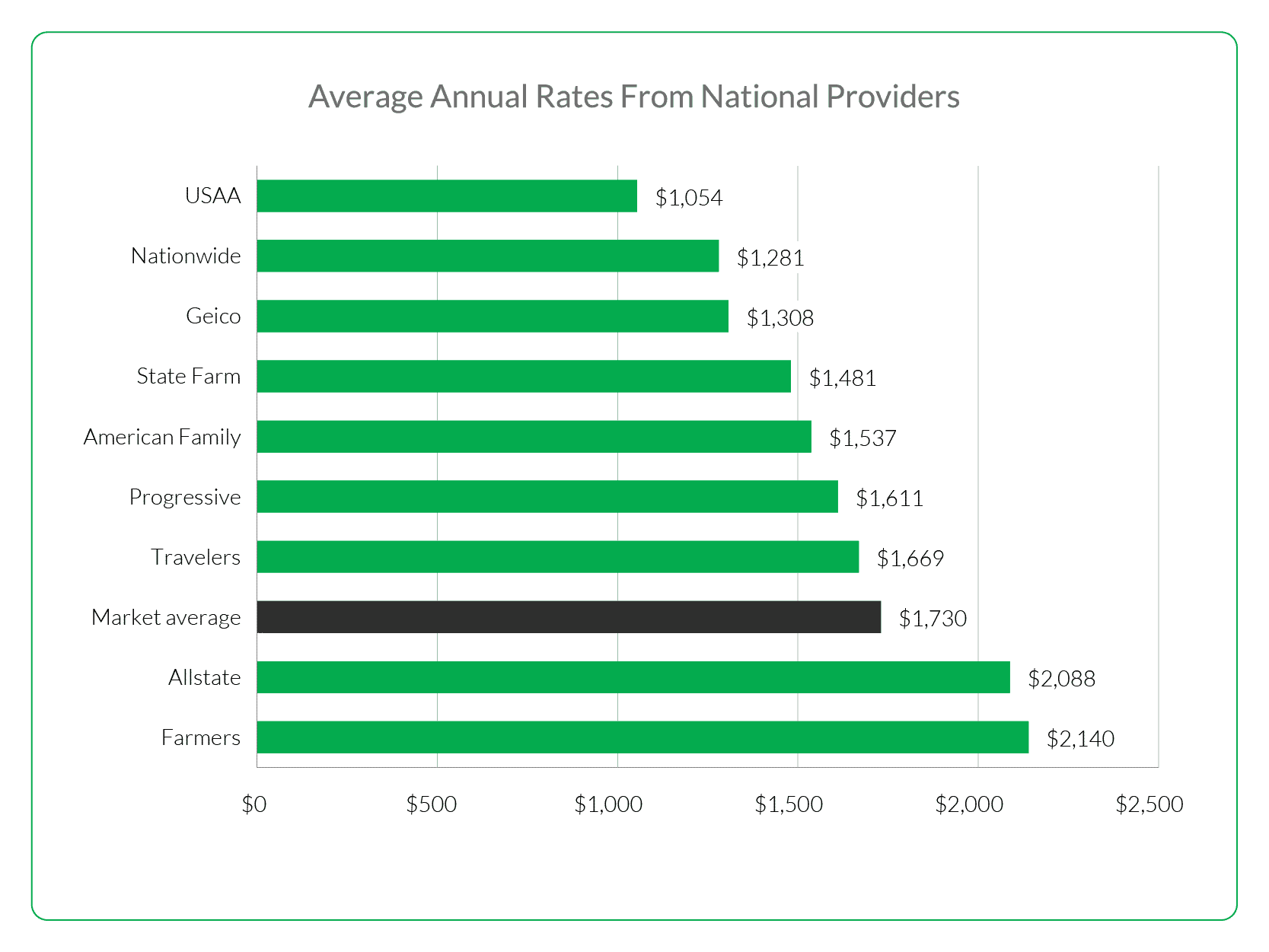
Health care costs can be substantial and vary widely from year to year. It is possible that a family suffering from a chronic disease will have higher medical bills than another, despite both having the same health coverage.
You can use a tool, such as KFF's Marketplace Calculator, to find an affordable plan of health insurance that meets your needs and fits within your budget. The site also provides information on deductibles, out-of-pocket maximums and other cost-sharing options that are important for consumers to know before making their health insurance selection.

Average Health Insurance Deductible
A deductible represents the amount you'll have to pay upfront before your insurance provider begins paying. Most of the time, your health insurance company and you will split the cost of the medical services you receive until you reach your deductible. Once you've reached this level, it is your health insurance that pays the rest.
You can choose between a health plan with high or low deductibles. The low deductible health plan usually has lower premiums. But you'll have to pay more if your medical needs are urgent or you get sick.
The highest priced plans for individuals and familys have an annual deductible at least $1700. Lively CEO Ryan Wiik says that Obamacare plans have the highest deductibles, with some options having an average deductible as high as $4,000 or even more.

If you're a health care consumer who doesn't expect to use much medical services, or you don't take regular prescriptions, you may want to look into a bronze-tier health insurance plan, which can be relatively inexpensive. Bronze-tier insurance plans may have higher premiums, but they also come with a higher deductible. Some bronze-tier plans have deductibles that match the $7,900 maximum out-of-pocket limit set by the law for 2019.